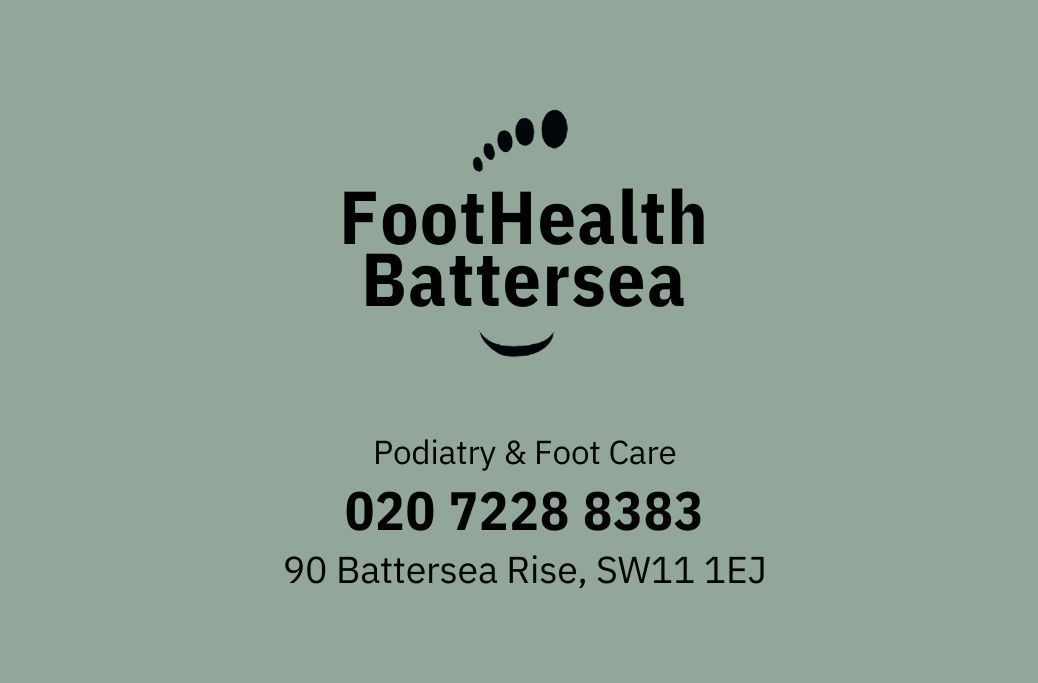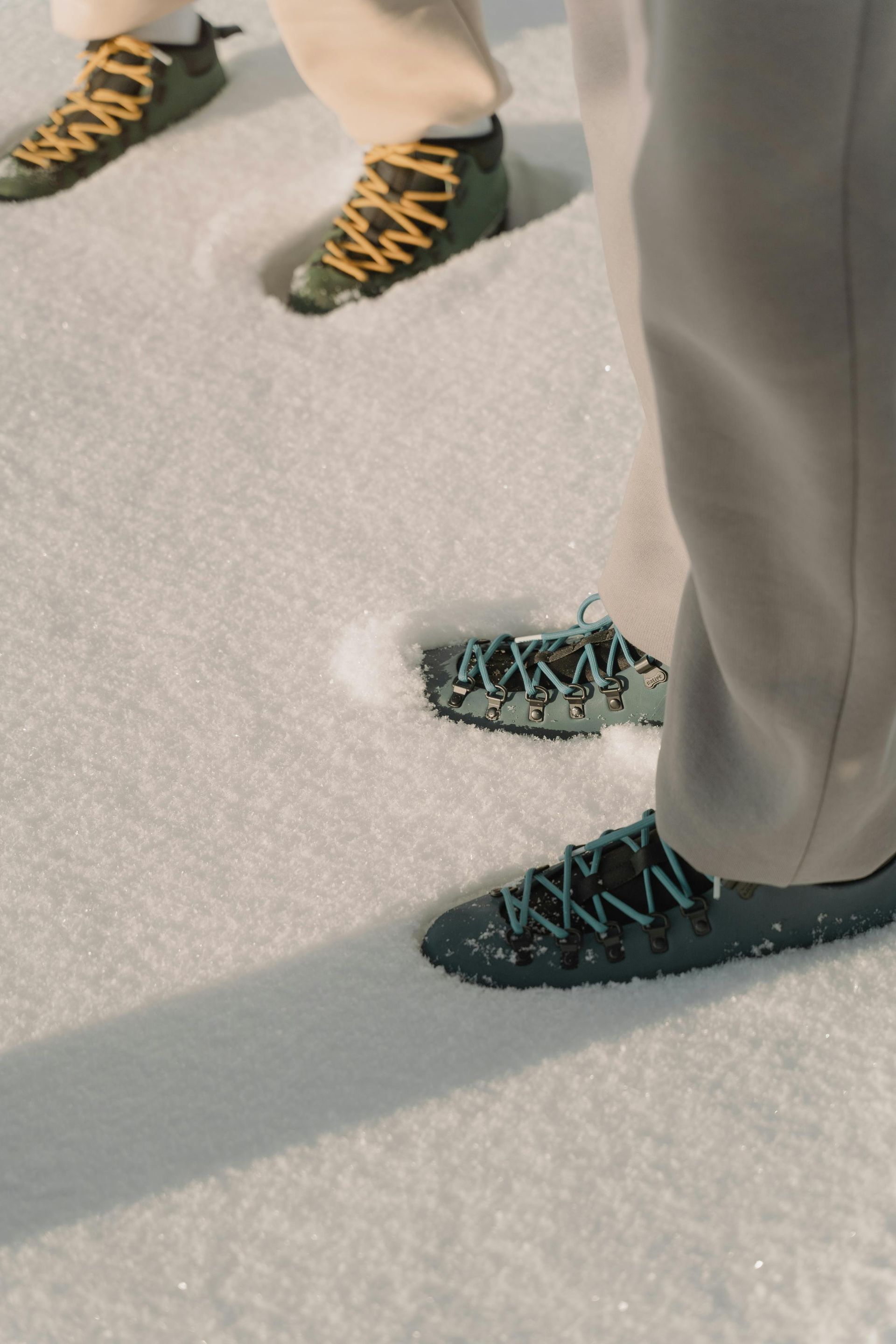Plantar Fasciitis, Your Questions Answered!

Plantar Fasciitis, Your Questions Answered!
What Is Plantar Fasciitis And Why Does It Occur?
Every day starts in pain from the first step. You hobble, you hop, you avoid weight bearing as much as possible. Your heel feels tight and sore, deeply bruised, perhaps hot and swollen. It slows you down. Do the bottom of your feet around your heels ever feel like this? These are just a few of the symptoms described by Plantar Fasciitis sufferers.
Plantar Fasciitis is the most common cause of long-lasting heel pain, and it can affect anyone. Plantar Fasciitis is the inflammation of the strong fibrous tissue in the arch of your foot called the plantar fascia, where it attaches to the heel bone. Plantar Fasciitis is felt in the first steps in the morning and after periods of rest. It eases after about thirty minutes but is quick to return after being inactive. Plantar Fasciitis is caused by abnormal function of the foot and contributing factors are obesity, weight gain, jobs that require a lot of walking or standing on hard surfaces for long periods of time in poor footwear.
A Look At The Myths And Misconceptions Around Plantar Fasciitis
Is Plantar Fasciitis genetic? Is Plantar Fasciitis and a heel spur the same thing? We now know what Plantar Fasciitis is, but, we wanted to point out some common mistakes that are said about the condition.
A lot of people think that Plantar Fasciitis is the tearing of a muscle in the foot, and although there are some small muscles in the foot, the plantar fascia is not one of them. As explained previously, it is a band of fibrous tissue running alongside the small muscles of the foot.
Another understandable assumption is that Plantar Fasciitis is the same as or caused by a heel spur a bony outgrowth from the undersurface of the heel bone, however, they are not the same. Although it is common to see that people with a heel spur are affected by Plantar Fasciitis they are not actually linked and therefore, need to be treated as two separate conditions.
Plantar Fasciitis is not hereditary although this is another common misconception. There is no known genetic predisposition for this condition. Another important myth to bust is that Plantar Fasciitis is only seen in those with flat feet. Although people with flat feet are at an increased risk of Plantar Fasciitis it can also occur in those with what is considered a normal or high foot arch.
Lastly, and most importantly, many people assume that Plantar Fasciitis can not be treated, this is not the case and there are multiple different treatment options that may be suitable for you.
Who Treats Plantar Fasciitis?
Podiatrists can treat and help the pain of Plantar Fasciitis. If you do suspect that you have Plantar Fasciitis, or you are suffering from heel pain in general, it is important that you book an appointment to come and see us. Not only can we look at a plan to help resolve the Plantar Fasciitis but we can also give advice on ways to ease the pain in the meantime.
This could include anything from strapping that your Podiatrist will demonstrate to you in clinic, getting orthotics, looking into Podiatrist prescribed night splints (this maintains the stretch of the plantar fascia throughout the night to ease pain in the morning), to stretches and footwear advice, it is preferable to bring any shoes that you often wear, to your appointment and ask the Podiatrist to check if they are appropriate for you.
What Can I Do To Help With The Pain?
Along with the treatment plan that they construct to help to resolve and ease the pain of Plantar Fasciitis, your podiatrist may speak to you about multiple options that should help to avoid the pain becoming worse, or reoccurring. No matter what kind of treatment you undergo for plantar fasciitis, the underlying causes that led to this condition may still remain. Therefore, you will need to continue with preventive measures. Wearing supportive shoes, stretching, and using orthotic devices are the mainstay of long-term treatment for plantar fasciitis. Whilst waiting for the appointment, try to rest the feet as much as possible, the use of ice for short amounts of time and frequently and properly done calf stretches can help. Keep an eye out for our video demonstrating exercises that you can do at home to help relieve heel pain - you can subscribe to our YouTube channel
here.
Plantar Fasciitis; A Lived Experience
A young nurse feeling the increased pressures of covid with longer and more frequent shifts resulting in 13 hours plus on her feet, came in to FootHealth Battersea to find relief from her daily agony.
Having had customised orthotics 3 years ago, these were no longer doing the trick and her feet were starting to hurt.
She presented with the typical symptoms of Plantar Fasciitis; tender feet with the first steps in the morning, especially after a long shift the day before. Her feet ached, she felt tired throughout the day and it was starting to get her down emotionally.
Recognising the symptoms she returned for reassessment and review of her orthotics. The material the orthotics were made of were no longer helping due to being worn non-stop for 3 years. This was resulting in poor foot function and her calf muscles becoming like a rock due to being so tight.
Pre-Covid she did yoga 4 times a week but was no longer able to do this due to being so tired. This had caused her muscle condition and core strength to change.
We discussed a treatment plan including commuting in trainers and wearing these as much as possible and avoiding being barefoot/in slippers in the house as she required supportive footwear.
Calf muscles and plantar fascia stretches were prescribed and demonstrated. She was also advised to roll a frozen water bottle underneath the foot after a long shift and massage the Plantar Fascia, both to help reduce inflammation.
Finally and most importantly, she was scanned for new custom orthotics to improve her foot function and provide support during those long days.
We know that Plantar Fasciitis can be agonising and can make you feel frustrated, exhausted and horrendous, but don't lose hope. Now that we've busted the myths and helped you to ease the pain, book your appointment here to ensure that we can come up with a plan together to get your back on your feet pain free as soon as possible.


















